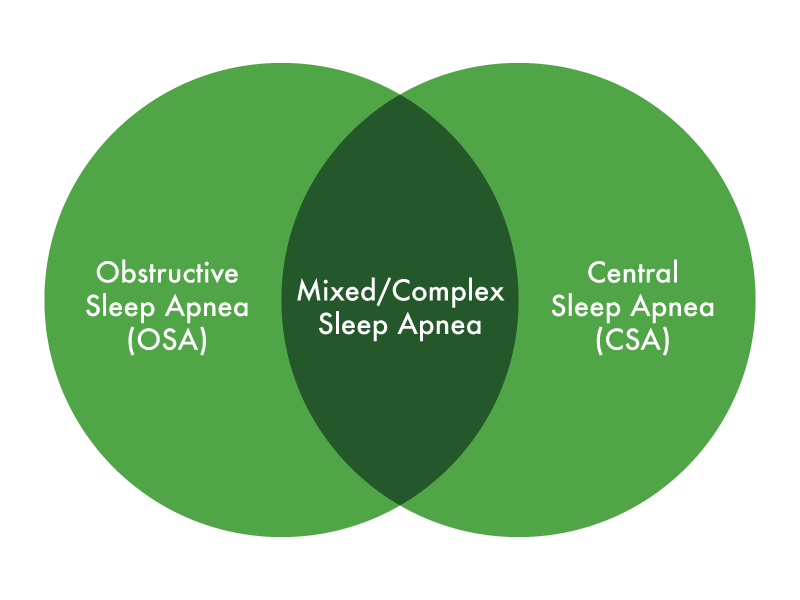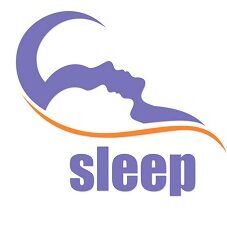Introduction
Sleep apnea is a common sleep disorder that affects millions of people worldwide. It is characterized by pauses in breathing or shallow breaths during sleep, leading to disrupted sleep patterns and potential health risks. In this blog post, we will explore the types, symptoms, and treatment options available for sleep apnea.
Overview
Sleep apnea is a common sleep disorder that affects millions of people worldwide. It is characterized by pauses in breathing or shallow breaths during sleep. These pauses can last for a few seconds to minutes and may occur multiple times throughout the night, disrupting the sleep cycle and leading to various health problems.
Types of Sleep Apnea
1. Obstructive Sleep Apnea (OSA)
Obstructive sleep apnea is the most common type of sleep apnea. It occurs when the muscles in the back of the throat fail to keep the airway open, causing breathing to be temporarily interrupted. This obstruction can be due to factors such as excess weight, enlarged tonsils, or a narrow airway.
2. Central Sleep Apnea (CSA)
Central sleep apnea is less common and occurs when the brain fails to send the proper signals to the muscles that control breathing. Unlike OSA, there is no physical obstruction in the airway. Instead, the brain fails to maintain a regular breathing pattern during sleep.
3. Complex Sleep Apnea Syndrome (CSAS)

Complex sleep apnea syndrome, also known as treatment-emergent central sleep apnea, is a combination of obstructive and central sleep apnea. It initially presents as OSA but develops central sleep apnea-like symptoms after continuous positive airway pressure (CPAP) therapy is initiated.
Symptoms of Sleep Apnea
Sleep apnea can have various symptoms, and some individuals may not even be aware they have the disorder. Common symptoms include:
- Loud snoring
- Frequent awakenings during sleep
- Gasping or choking sensation during sleep
- Excessive daytime sleepiness
- Irritability and mood changes
- Difficulty concentrating
- Morning headaches
- Dry mouth or sore throat upon awakening
Treatment Options for Sleep Apnea
Lifestyle Modifications
For mild cases of sleep apnea, certain lifestyle changes can help alleviate symptoms. These include:
- Losing weight
- Regular exercise
- Avoiding alcohol and sedatives
- Sleeping on your side
- Quitting smoking
Continuous Positive Airway Pressure (CPAP)
CPAP therapy is a common treatment for moderate to severe sleep apnea. It involves wearing a mask over the nose or mouth during sleep, which provides a constant flow of air pressure to keep the airway open. This ensures uninterrupted breathing and prevents apneas.
Oral Appliances
Oral appliances are custom-made devices that help keep the airway open by repositioning the jaw or tongue. These devices can be effective for mild to moderate cases of sleep apnea and are a non-invasive alternative to CPAP therapy.
Blog Post: Sleep Apnea: Types, Symptoms, and Treatment Options
Summary
Sleep apnea can be categorized into three main types: obstructive sleep apnea (OSA), central sleep apnea (CSA), and complex sleep apnea syndrome (CompSA). OSA is the most prevalent type, caused by the blockage of the airway during sleep due to relaxed throat muscles. CSA is a result of the brain failing to send proper signals to the muscles that control breathing. CompSA is a combination of both OSA and CSA.
Common symptoms of sleep apnea include loud snoring, excessive daytime sleepiness, morning headaches, irritability, and difficulty concentrating. If left untreated, sleep apnea can lead to serious health problems such as high blood pressure, heart disease, stroke, and diabetes.
Treatment options for sleep apnea range from lifestyle changes to medical interventions. Lifestyle changes may include weight loss, regular exercise, avoiding alcohol and sedatives, and sleeping on your side rather than your back. Continuous positive airway pressure (CPAP) therapy is a common medical intervention, where a machine delivers a steady stream of air through a mask to keep the airway open during sleep. Other treatment options include oral appliances, positional therapy, and surgery.
In conclusion, sleep apnea is a sleep disorder that can significantly impact one’s quality of life and overall health. It is important to recognize the types and symptoms of sleep apnea to seek approp article article riate treatment options. With proper management, individuals with sleep apnea can improve their sleep patterns and reduce associated health risks.

Welcome to my website! My name is Jack Rosman, and I am a professional Dream Psychologist dedicated to helping individuals achieve better sleep, understand their dreams, and improve their overall well-being. With years of experience in the field, I am passionate about providing effective snoring solutions, sleep therapy, sleep supplements, and dream analysis to enhance the quality of your sleep and unlock the hidden messages within your dreams. Read More

